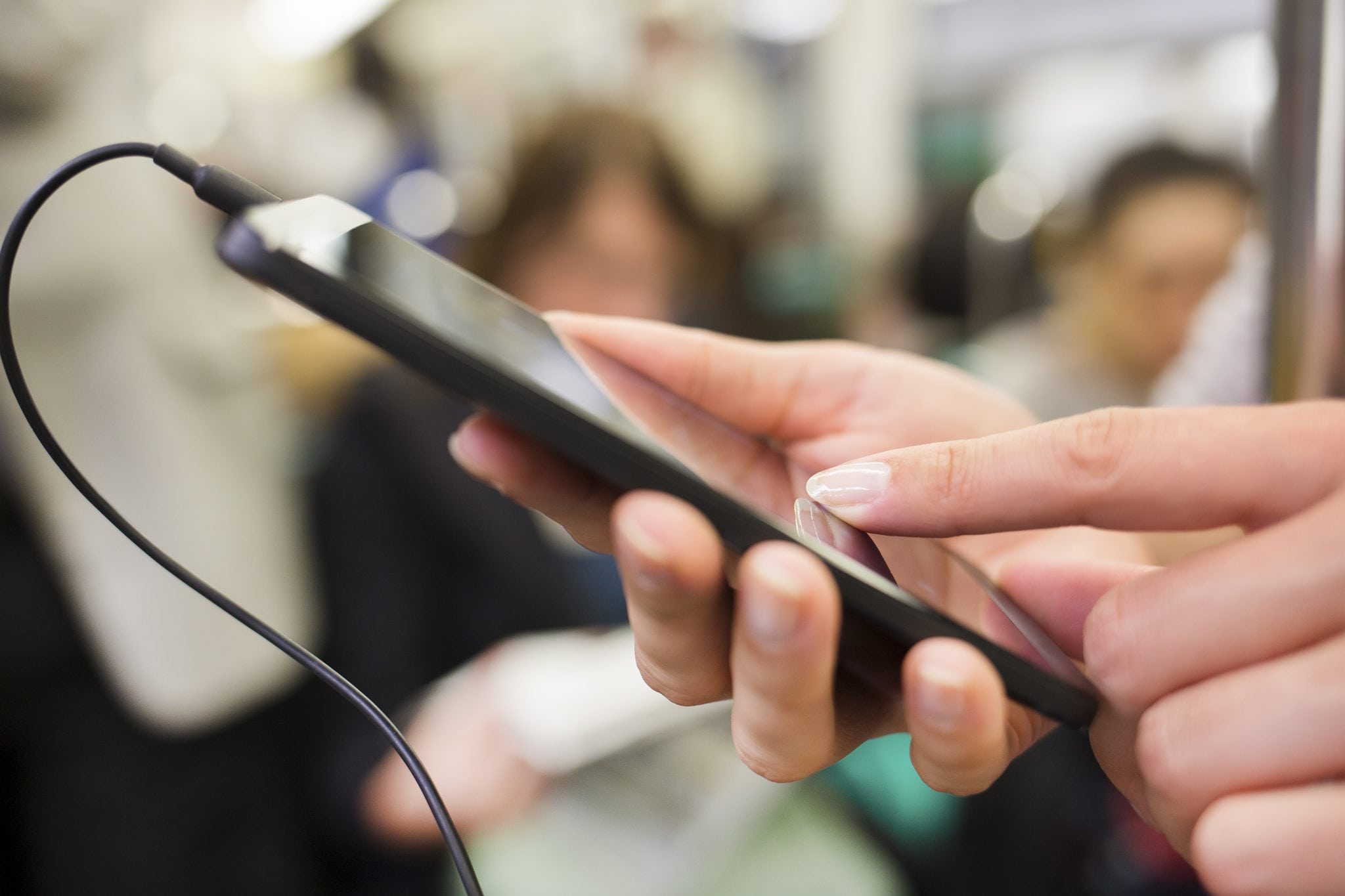Skift Take
Mobile ticketing will be commonplace on U.S. and international transit lines in the near future and we expect adoption to soar above 25% when that time comes.
Mobile ticketing adoption is currently expected to plateau around 25 percent in the United States.
Twenty-five percent of ticket sales for New York Waterways come through its app, which launched in 2012.
The New York City MTA expects 25 percent of Long Island Rail Road and Metro-North riders will use mobile ticketing five years after its (still to be determined) launch.
And 12 percent of TriMet riders in Portland are expected to use mobile ticketing by the end of the year, two years after launch and on track to hit 25 percent in the next two to three years.
Mobile ticketing adoption is on the rise in the U.S. at a time when local transit riders are more likely to see their fellow riders staring at a device than the white of their eyes.
“The U.S. has been very quick to push for more mobile ticketing,” explains Jesse Wachtel, COO of Bytemark.
“We’re seeing the number of RFPs from agencies coming across our desk on a bi-weekly basis. It used to be every few months.”
Bytemark is one of several mobile ticketing providers bidding for paperless ticketing for local transit systems from a new Toronto rail line to the Twin Cities MetroTransit.
Other providers include Globe Sherpa, which introduced Portland’s TriMet solution, and Masabi, which won the bid for New York’s commuter train lines and Boston’s local transit system.
American transit systems are among the first to enact mobile ticketing, but they come with particular challenges.
According to Wachtel, it’s easier to implement solutions in Europe where transportation is privatized.
“In Europe, mobile ticket providers will take a cut of the price. Here the only people who sell tickets are the municipalities,” explains Wachtel.
New York City
Introducing mobile ticketing on the New York City transit system including the subway and buses would be one of the largest projects of its time; however, there are still several challenges facing New York and similar markets with older systems and technology.
Bytemark bid on the proposal to bring mobile ticketing to the Long Island Rail Road and Metro-North. Although it lost to Masabi, Wachtel has insights into the particular challenges New York City faces in adopting mobile ticketing, particularly for the subway and bus system.
He outlines three main obstacles:
“Up until recently, there were different IT departments for all the agencies. They’re now consolidating into one office to makes things easier. The second challenge is how the tickets are being collected. It’s easier with a conductor, but on the bus do you ask the bus driver to do it or is there a piece of hardware? And third, in the subway it’s even more difficult with a turnstile where it’s not built to handle mobile ticketing.”
There are multiple elements to consider in introducing mobile ticketing, one of which is how the tickets are read. Using New York City as an example, subway turnstiles could be reworked to interact with mobile ticketing through near-field communication.
Bus conductors could be given a card reader to scan the mobile passes or a similar NFC solution could be deployed.
We’ll likely know the answers to these questions sooner than later. The MTA has said that smartphone passes will be available for the subway system by 2019.
The Daily Newsletter
Our daily coverage of the global travel industry. Written by editors and analysts from across Skift’s brands.
Have a confidential tip for Skift? Get in touch
Photo credit: A women checks her smartphone while traveling on the subway. Getty Images
